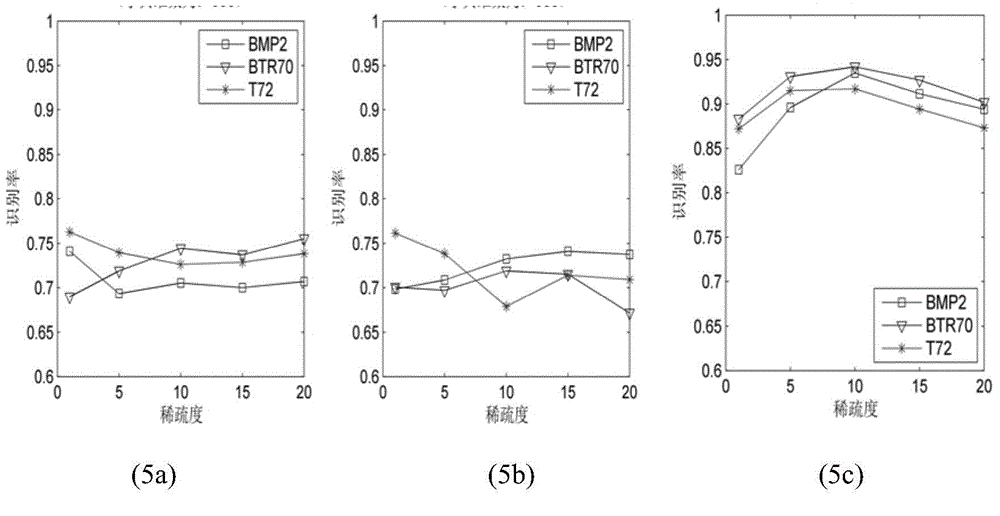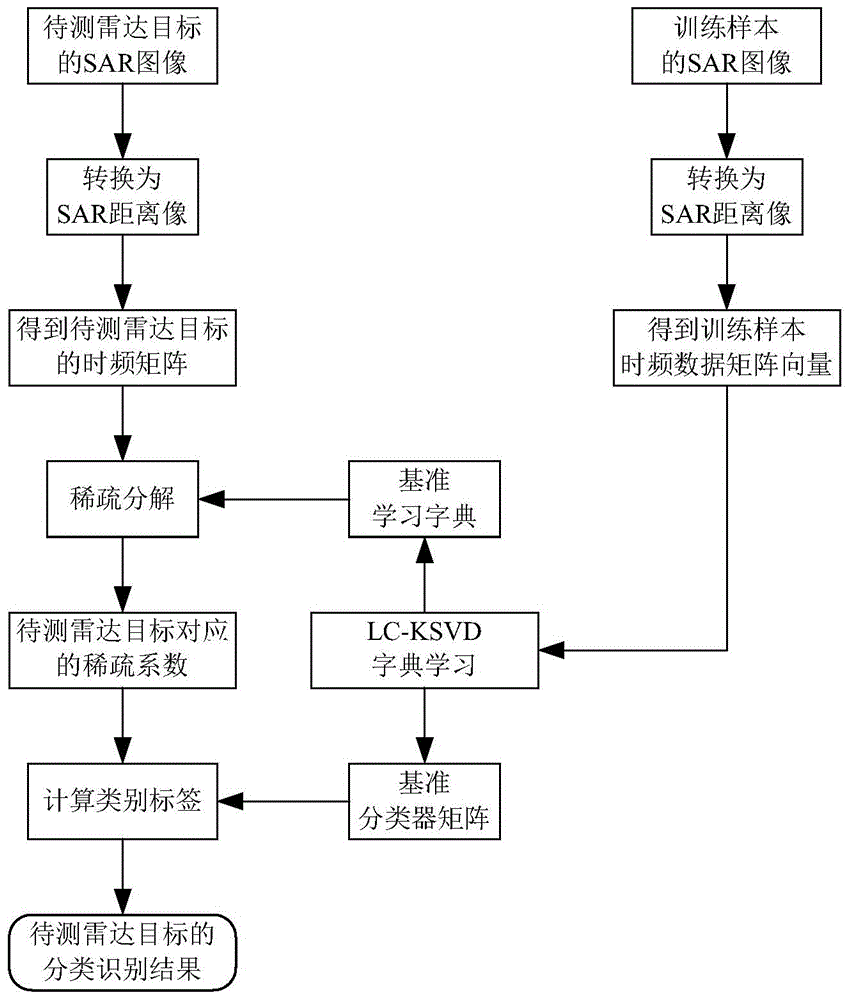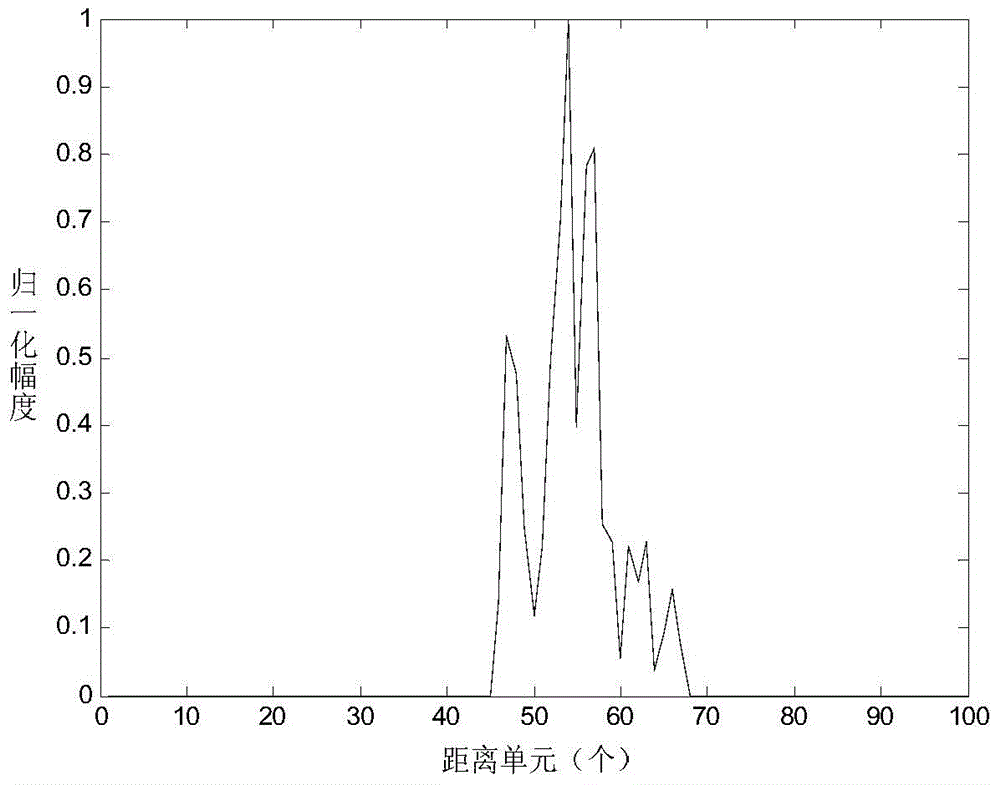SAR target recognition method based on range profile time-frequency image identification dictionary learning
A technique of dictionary learning and distance images, applied in character and pattern recognition, instruments, computing, etc., can solve the problems of SAR image target recognition, estimated target azimuth, and limited recognition accuracy
- Summary
- Abstract
- Description
- Claims
- Application Information
AI Technical Summary
Problems solved by technology
Method used
Image
Examples
Embodiment
[0188] In this embodiment, the data images published by the MSTAR public database are used to compare and evaluate the recognition effect of the SAR target recognition method based on the distance image time-frequency map identification dictionary learning of the present invention and other radar target recognition technologies. In this embodiment, ten types of radar targets publicly released by the MSTAR public database are selected as the data of the experimental database. These ten types of radar targets are all ground military vehicles or civilian vehicles, and have similar external shapes. Their radar target codes are BMP2 (infantry tank), BRDM2 (amphibious armored reconnaissance vehicle), BTR60 (armored transport vehicle), BTR70 (armored personnel carrier), D7 (agricultural bulldozer), T62 (T-62 main station tank), T72 (T-72 main station tank), ZIL131 (military truck), ZSU234 (self-propelled artillery tank) and 2S1 (Self-Propelled Howitzer Chariot). The visible light im...
PUM
 Login to View More
Login to View More Abstract
Description
Claims
Application Information
 Login to View More
Login to View More - R&D
- Intellectual Property
- Life Sciences
- Materials
- Tech Scout
- Unparalleled Data Quality
- Higher Quality Content
- 60% Fewer Hallucinations
Browse by: Latest US Patents, China's latest patents, Technical Efficacy Thesaurus, Application Domain, Technology Topic, Popular Technical Reports.
© 2025 PatSnap. All rights reserved.Legal|Privacy policy|Modern Slavery Act Transparency Statement|Sitemap|About US| Contact US: help@patsnap.com



